- Have any questions?
- +86-189 8930 5995
- sales@mosinterchem.com.cn
Sorbic Acid FCC IV CAS 110-44-1

Citric Acid Anhydrous CAS 77-92-9
17/12/2018
Vanillin CAS 121-33-5
17/12/2018| Model: | MOS110-44-1 |
| Brand Name: | MOSINTER |
| CAS No.: | 110-44-1 |
| Appearance: | Colorless crystals or white crystalline powder |
| Purity %≥: | 99 |
| Oxalate ≤: | 110ppm |
| Heavy Metal(Pb) ≤: | 10ppm |
| Residue on ignition %≤: | 0.2 |
| Moisture %≤: | 0.5 |
Sorbic Acid (FCC IV) (CAS: 110-44-1)
| Item | Index |
| Appearance | Sorbic Acid (FCC IV) (CAS: 110-44-1) |
| Purity %≥ | 99 |
| Moisture %≤ | 0.5 |
| Heavy metals ≤ | 10ppm |
| Melting ℃ | 132-135 |
| Residue on ignition %≤ | 0.2 |
Sorbic acid, or 2,4-hexadienoic acid, is a natural organic compound used as a food preservative. It has the chemical formula C6H8O2. It is a colourless solid that is slightly soluble in water and sublimes readily. It was first isolated from the unripe berries of the rowan tree (Sorbus aucuparia), hence its name.
Production
The traditional route to sorbic acid involves condensation of malonic acid and trans-butenal. It can also be prepared from isomeric hexadienoic acids, which are available via a nickel-catalyzed reaction of allyl chloride, acetylene, and carbon monoxide. The route used commercially, however, is from crotonaldehyde and ketene. An estimated 30,000 tons are produced annually.
Properties and uses
With a pKa of 4.76, it is about as acidic as acetic acid.
Sorbic acid and its salts, such as sodium sorbate, potassium sorbate, and calcium sorbate, are antimicrobial agents often used as preservatives in food and drinks to prevent the growth of mold, yeast, and fungi. In general the salts are preferred over the acid form because they are more soluble in water, but it is the acid form that is active. The optimal pH for the antimicrobial activity is below pH 6.5. Sorbates are generally used at concentrations of 0.025% to 0.10%. Adding sorbate salts to food will, however, raise the pH of the food slightly so the pH may need to be adjusted to assure safety. It is found in many other foods, such as cheeses and breads.
The E numbers are:
You must be logged in to post a review.

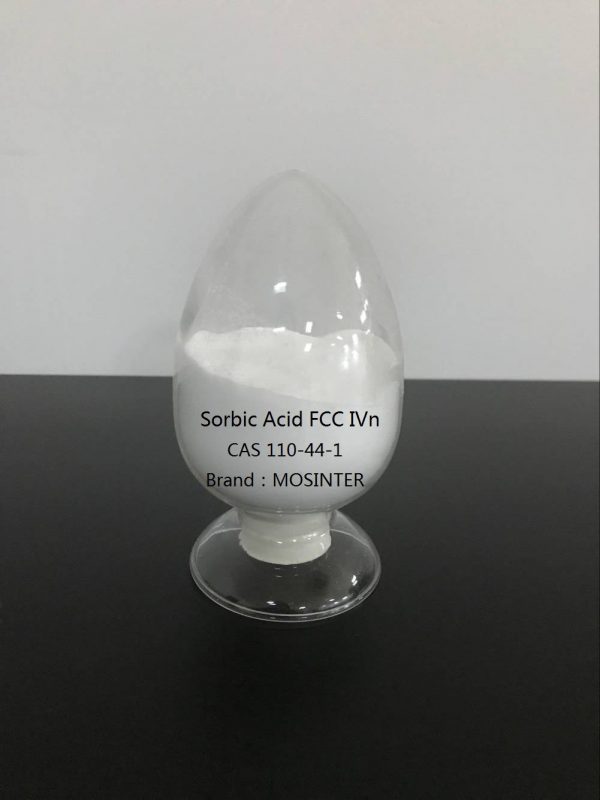
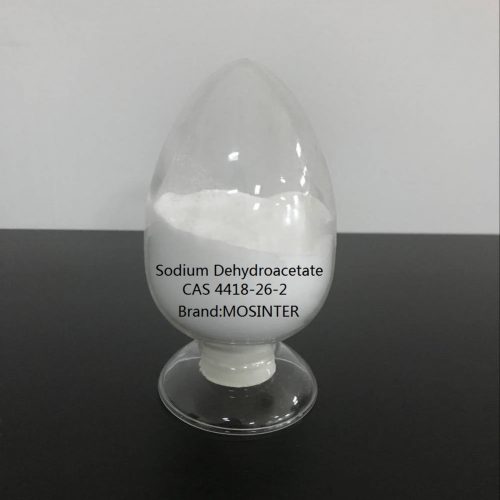
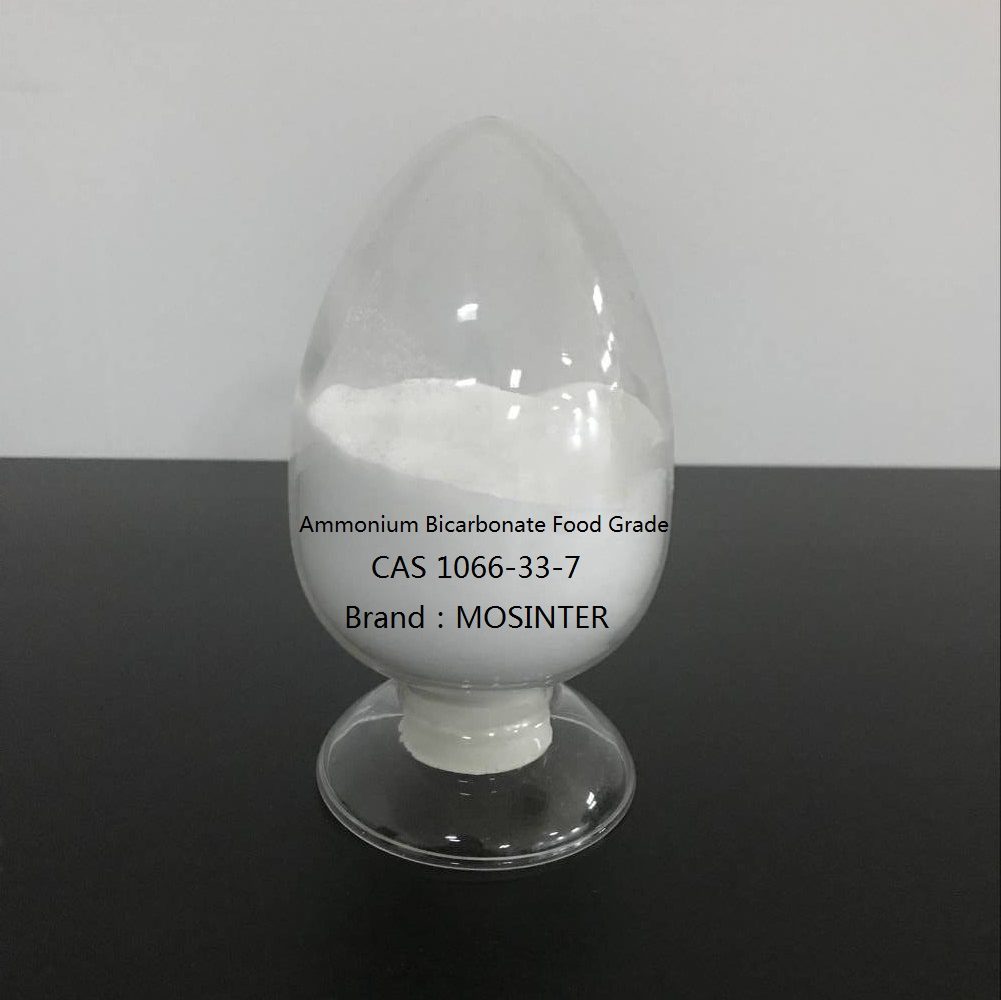
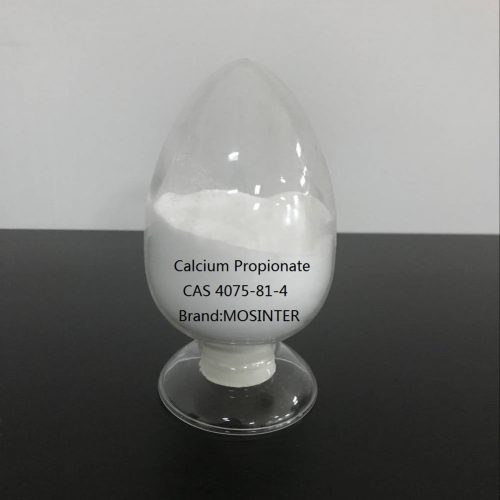
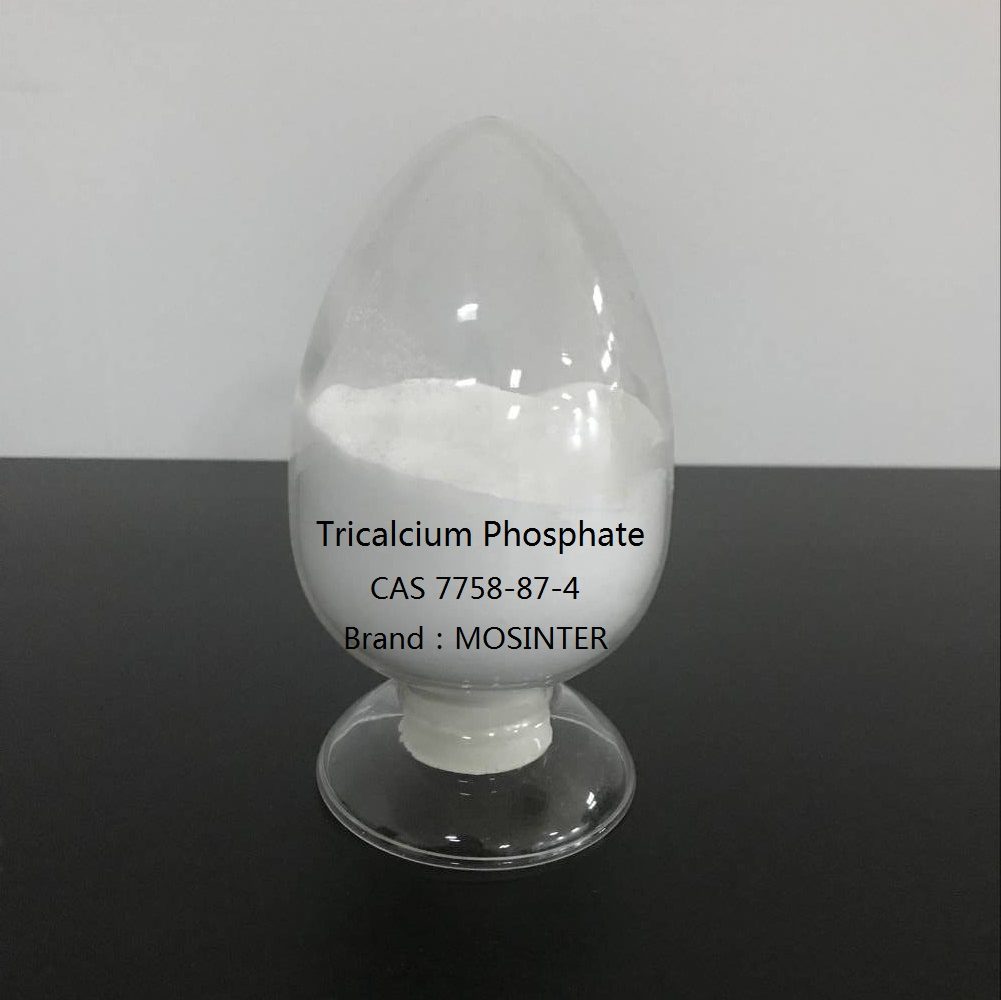
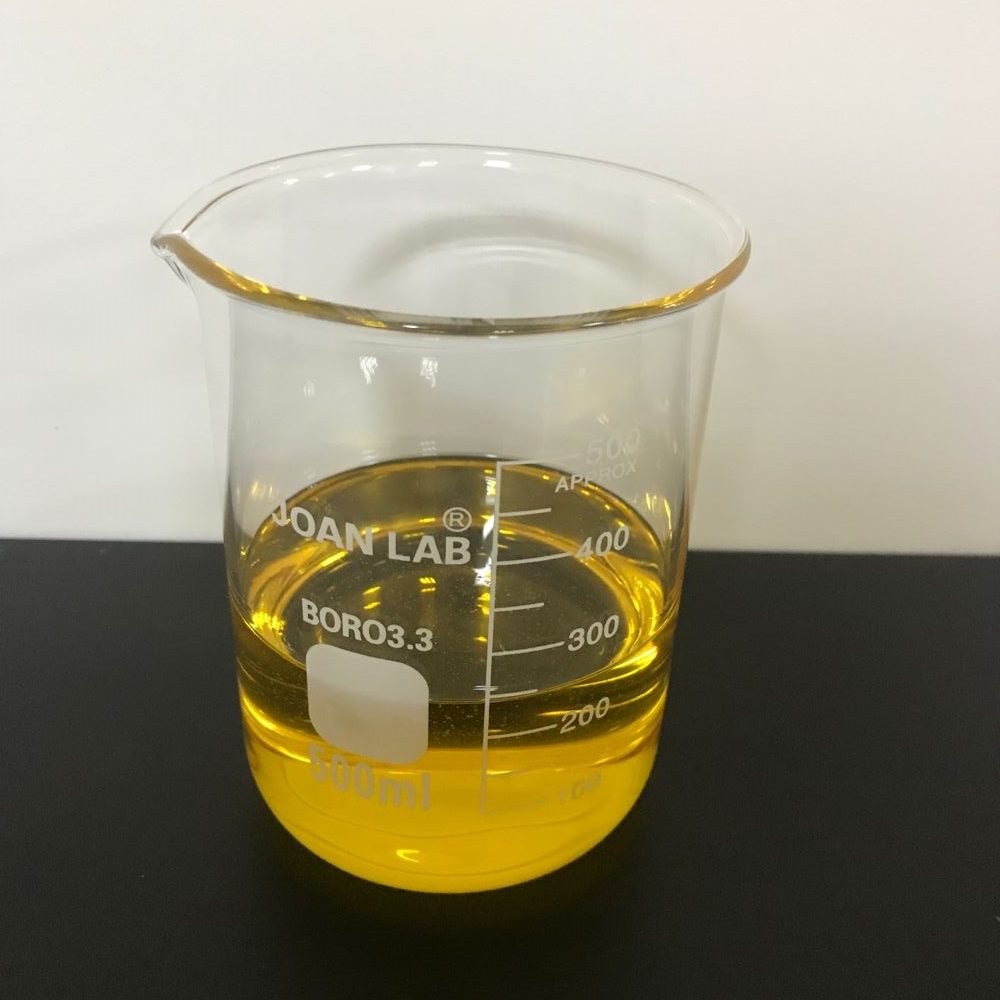
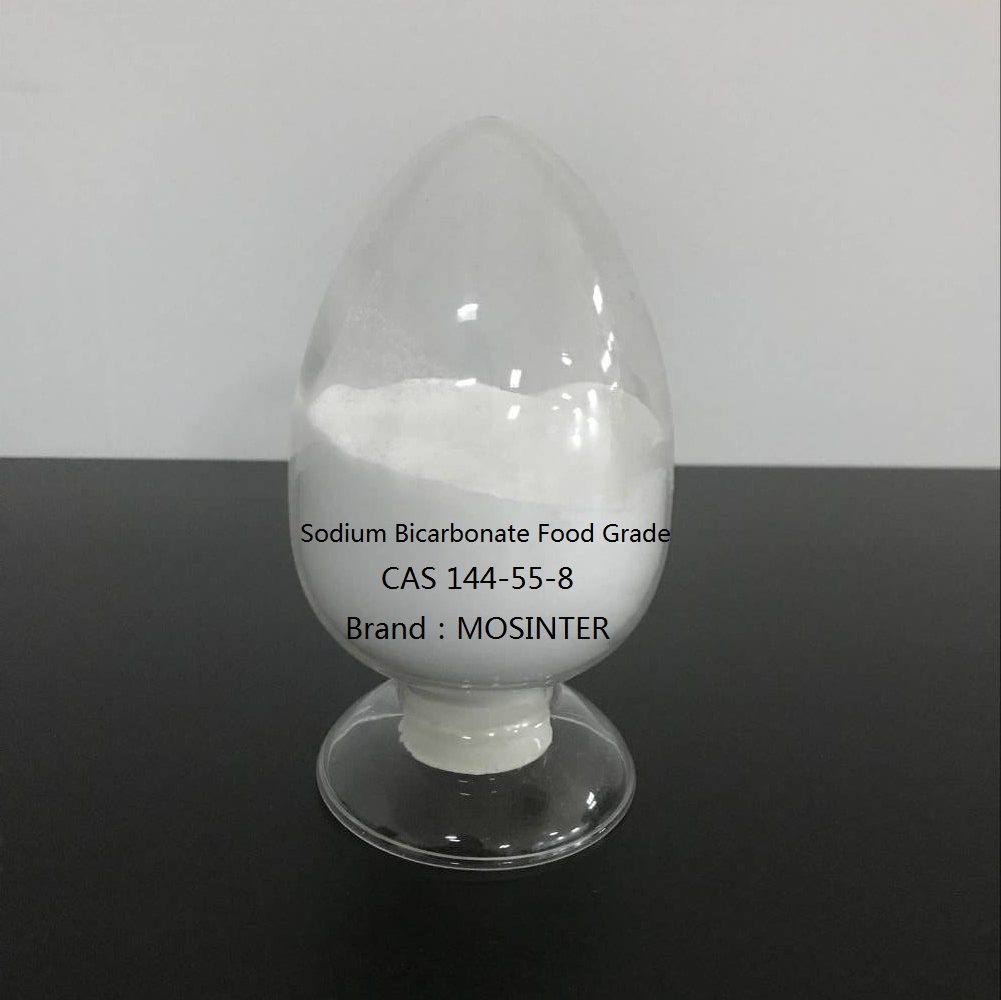
Reviews
There are no reviews yet.